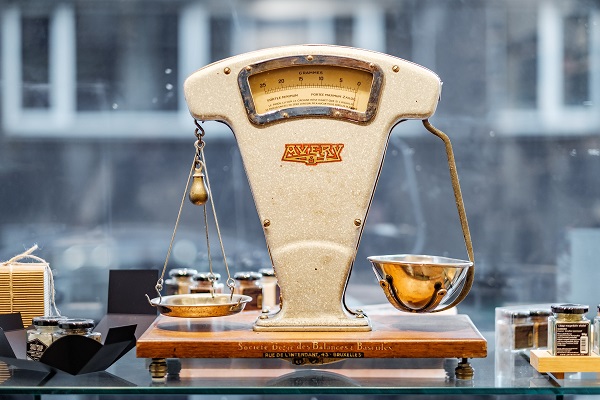Proprietary and custom indices have long made up a significant proportion of the US structured product market. A key feature of this sector is that new indices can be introduced to reflect market trends and innovative, popular or successful strategies.
Last year (2018) the Proprietary & Custom Indices sector had its highest level of market share by issuance over the past 10 years in the US (Source: StructuredRetailProducts.com). It now makes up 5.87% of the US market, and this trend has broadly continued into 2019. As a consequence of this trend such indices have attracted some regulatory attention from both the SEC and FINRA as these bodies seek to protect investors from excessive complexity and high implicit fees.
Common themes
A common theme in these proprietary indices is a strategy that aims to capture growth in one or more markets while reducing the volatility or risk exposure in some way. Three examples of proprietary indices, created and used by structured product issuers in the US are the Citi Dynamic Asset Selector 5 Excess Return Index, the RBC Global Tactical Equity Total Return Index and the Morgan Stanley ETF-MAP 2 Index. These indices all use an algorithm to determine the weightings of the component instruments with the aim of increasing allocation to risky assets during growth periods. Such indices generally play well with structured product return profiles making them a natural combination.
Example index ideas
The Citi Dynamic Asset Selector 5 Excess Return Index allocates between two futures based indices - the S&P 500 Futures Excess Return Index and the S&P 10Y U.S. Treasury Note Futures Excess Return Index. The new index aims to increase exposure to the equity component during upward trends as determined by its price history and volatility levels.
The newest of these three indices is the RBC Global Tactical Equity Total Return Index, launched in February 2019. This index has dependence on four sub indices; US Large Cap Tactical TR Index (50%) , US Small Cap Tactical TR Index (10%) , Int’l Developed Tactical TR Index (25%) and Emerging Markets Tactical TR Index (15%). Each sub index allocates between the risky element, an ETF for the relevant market or to the federal funds rate. The allocation depends on the daily moving average of the risky element of the sub index.
Finally, the Morgan Stanley ETF-MAP 2 Index has three sub indices which represent US and non-US Equities, Fixed Income securities, Commodities and Real Estate. Each sub index is also made up of an ETF and an interest rate component - the Morgan Stanley Two Year Treasury Index. The index methodology is based on the principles of modern portfolio theory and the efficient frontier. This is used when determining the weightings of the assets in the sub funds using historic returns and volatility levels. Such a mechanism has also proven popular by index creators.
Product types
Historically, simple participation structured products have been the most popular in the Proprietary & Custom Indexes sector and that is the case across the products linked to these three indices. Enhanced Trackers and Uncapped call make up 62.5% of the 288 products issued linked to one of these three indices. Additional, 93 further products (32%) were “knock-out” or auto-calls. For these types of indices autocalls are predominantly capital protected structures rather than capital at risk versions seen in the market as a whole. The popularity of participation capital protected structures ties in with the observation that many of these indices are low volatility (due to a combination of asset class diversification and risk control features). Therefore the cost of purchasing options is much cheaper than for standard indices such as the S&P-500.
A recent example of such an autocall is the Citi Autocallable Market-Linked Notes linked to the Citi Dynamic Asset Selector 5 ER Index, offers a return of 5% per annum (not compounded) if the index is above rising annual autocallable levels. If no autocall occurs the product will pay back the initial capital investment at maturity. The demand for capital protected products comes mostly from the CD (certificates of deposit) part of the market. These products must by definition be fully capital protected. Low interest rates over the last ten years have made it difficult to construct such offerings using mainstream indices, hence the use of alternative indices.
In conclusion we note that the Proprietary and Custom Indices have grown in popularity due to increased acceptance of index algorithms and smart beta techniques and the ability for groups to design and create them easily as well the advantages of using low volatility underlyings in constructing Deposits and other capital protected products.
Tags: Algorithms Structured Edge









